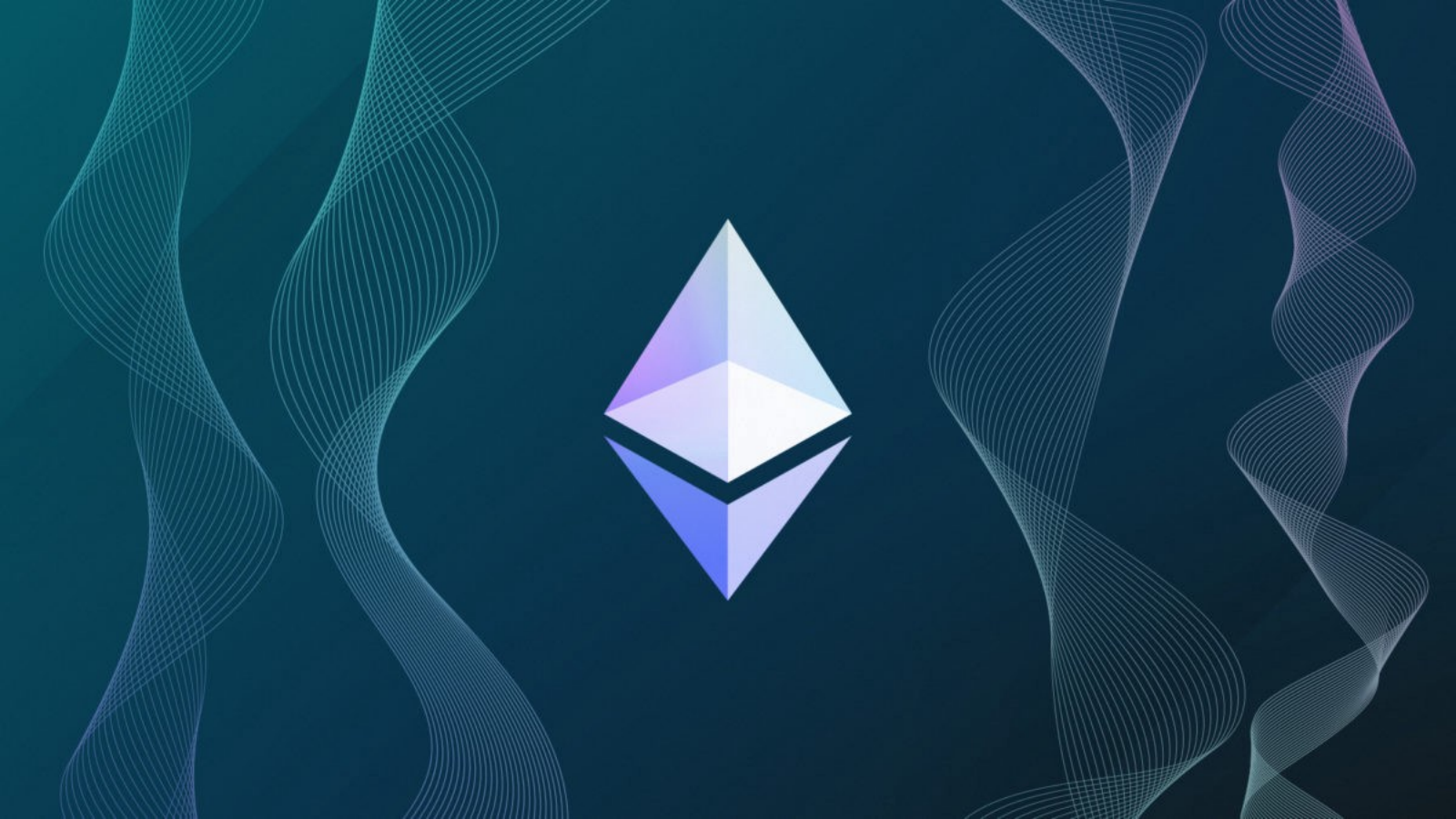Ethereum Hard Forks: History

What is Ethereum hard fork? This is a very interesting topic. Before we describe it, we need to know what forks usually mean. Ethereum is a very popular cryptocurrency. That’s why fans of it create many interesting cryptocurrencies based on it. A fork is a part of the project that was the base of a totally new project.

It can be a totally new cryptocurrency. For example, every one of us knows about Litecoin. This cryptocurrency now is totally autonomous, but first, it was a Bitcoin fork. The developers of this digital coin copied the source of Bitcoin, changed some aspects of this cryptocurrency, and started a new project.
The process of fork creation is very hard because every user who works with this network needs to support compatibility with the general network. If we don’t follow this rule, miners can start working with a totally wrong chain.
Why are forks created?
Every blockchain of the popular cryptocurrencies is an open-source project. It means that it is free and available to everyone. Every cryptocurrency has some disadvantages. A lot of programmers want to create a digital coin without these cons.
Some forks are associated with small changes, such as fixing little bugs. However, some forks are totally new projects. Sooner or later, every successful fork transfers to its own blockchain. Until it occurs, creators often create them on the base of any other popular cryptocurrency. Ethereum isn’t an exception.

What is the difference between hard and soft forks?
Hard forks have very big changes. Actually, this is a new coin with such a unique protocol that backward compatibility with the old versions of protocol is impossible. For example, every person who uses a node in the Ethereum network has to update the software to recognize new blocks. Hard forks are separated from previous versions of this cryptocurrency. This is a totally new project that will grow autonomously.
We have an interesting situation with hard forks. If one part of nodes is compatible with a new version of token software, but the second part is incompatible, you actually have two different chains. You should understand this fact.
A soft fork is also a change in the cryptographic protocol to the level when new blocks are invalid. Yet, new blocks are compatible with old because old versions of software can recognize new blocks.
Miners don’t need to update all existing software if they want to use a new version. They only need to update most of the nodes.
Hard forks are less popular than soft forks because it is very confusing for miners and users of a certain cryptocurrency. Convenience is the main criteria, and hard forks aren’t suitable for this point.
Official Ethereum Hard Fork
Ethereum has its official hard forks. They occur regularly because Ethereum developers always implement different interesting features in their cryptocurrency. For example, one of the biggest updates was on the first of January. Thanks to this update, the difficulty bomb was transferred to a later time. A difficulty bomb is created every 100 thousand blocks. This is a significant change in difficulty. Before this update, users needed to update blocks. However, those users who kept money on cryptocurrency exchanges such as Binance and others did not need to update their software because exchanges had done it.
Official Ethereum hard forks bring additional advantages and features. One of them is staking. This is getting additional money for keeping cryptocurrency. There are a lot of pros to this feature:
- Getting a passive income for delegating money to others
- Easier mining
- Additional money protection
- Solving problems with scaling.
Also, this fact says that this cryptocurrency is developing, so this project can be interesting for new investors. One more thing that this fact proves is the ability to be competitive with other cryptocurrencies.
There are a lot of other cryptocurrencies that provide staking. This Ethereum update gives an opportunity to consider other coins. Some of them offer up to 15% a year with regular withdrawals.
These percentages are quite low. Due to this, a lot of users can get their money only in 1-2 years. There are some conditions that are necessary for investors:
- A minimal amount of money that has to be frozen.
- Agreement not to disconnect their wallet from the network. If users disconnect their wallets from the network, their daily income will be lost. The amount of money in the network must always be at least 16 ETH to keep the right to be a validator.
There are a lot of steps before people who keep the money will be able to earn money this way. Colleen Myers, the manager of the Ethereum start-up, told that the new block of the network won’t be mined until the amount of frozen money reaches the 524 000 level. This is an amount of money that is kept by 16,375 validators. Every one of them keeps at least 32 ETH, according to the rules. Before this moment, none of the keepers won’t get the income.
According to the Mayers’ words, there is no certain time when it will happen. It totally depends on the network activity. At the same time, this is a long period of time, which is a sad truth. We can’t say how many people who want to earn money this way will be in the future. Developers think we need up to 24 months until the moment when investors can get the money. According to the ConsenSys Codefi report, about 65% of responders are ready to use this offer. Naturally, this is not a representative sample, but this is close to the truth.
How many people can earn with staking
After creating the hard fork with the support of staking features some time has passed. For this reason, less time is needed after the moment of reading this article. The economical model of the Ethereum network supports 1% inflation. The reward depends on this factor. The main difficulty is to pay enough but not too much because the real passive income will be different. It depends on the number and size of stakes and some other factors.
The less frozen coins and validators are, the higher profitability is. This is an easy way to motivate users to use these options.
Conclusions
Forks is a category of cryptocurrency modifications. There are two basic types of modifications of every cryptocurrency: soft and hard forks. The first are compatible with previous versions and the second aren’t compatible. That’s why you need to update all your software if your Ethereum coins are stored on your software wallet.
If they are kept on exchanges, you don’t have to do it. At the same time, storing money on exchanges is associated with some additional risks.
Mostly, hard forks bring additional features to cryptocurrency. This is more specific for Ethereum because this cryptocurrency supports decentralized applications. Every new feature of cryptocurrency enables a lot of additional features for developers and users. This is great. For example, staking not only can bring additional passive income, but it can also make cryptocurrency more attractive for investors.
